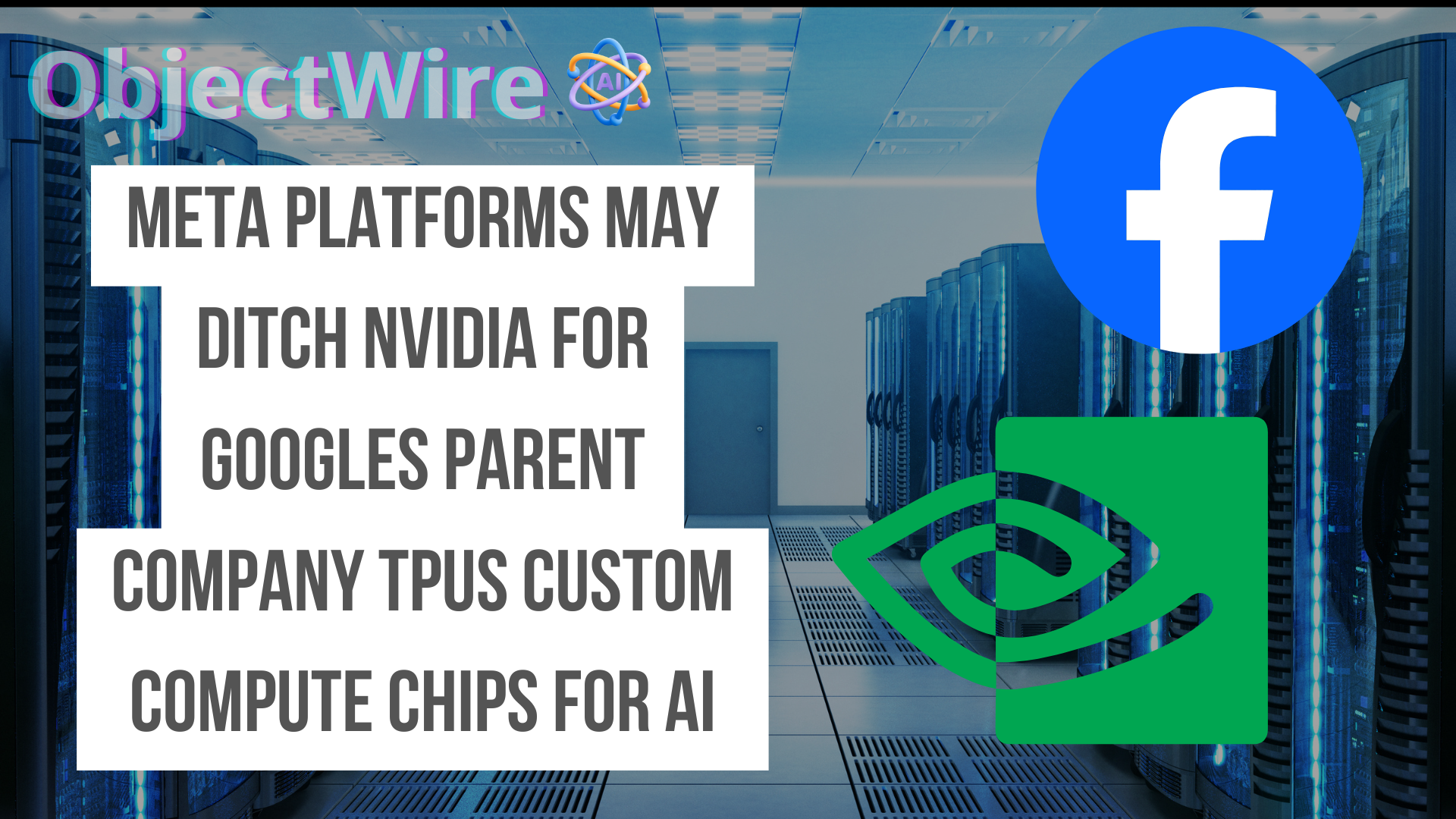The Women of The WNBA Are Hungry | Ratings continue to rise
As a standout star in the WNBA, Clark's skills and charisma are drawing massive crowds and sparking intense rivalries. In this article, we'll explore her impact on the league, including the buzz around top WNBA rivalries like Caitlin Clark vs Angel Reese in 2025, and how it's boosting popularity. We'll keep it simple and straightforward, perfect for any fan wanting to catch up on the excitement.
The Caitlin Clark Effect Explained
The WNBA is undergoing a massive transformation, thanks in large part to stars like Caitlin Clark.
Viewership spikes show how much people appreciate the athleticism and drama in women's basketball. While the NBA has seen a 19% decrease in TV ratings early in the 2024-25 season, the WNBA experienced a whopping 185.7% increase in viewership during the same period. Women's players often appear more driven and hungry on the court. This hunger translates to intense, heartfelt performances that resonate with fans.
How Caitlin Clark vs Angel Reese Rivalry is Driving WNBA Ratings
One of the hottest topics in the WNBA right now is the Caitlin Clark vs Angel Reese rivalry in 2025. This matchup between the Indiana Fever's Clark and the Chicago Sky's Reese has been full of intense moments, from hard fouls to trash talk, drawing huge audiences. Their college history adds fuel, and in the pros, it's led to controversial plays and media frenzy, like Reese's suspension after a clash or Clark's reactions to calls.
This rivalry isn't just drama; it's boosting ratings. ESPN reported its most-viewed opening weekend ever, thanks to these stars. Fans love the competition, comparing it to NBA greats like Bird vs. Magic. Other rivalries, like Clark vs. Rhyne Howard, are emerging too, adding excitement. Social media buzz and increased coverage are turning casual viewers into die-hards, proving that WNBA rivalries boosting popularity in 2025 are real game-changers.
Young Talent and WNBA Rivalries: Caitlin Clark's Role in Elevating the League
Clark's arrival has sparked rivalries that make games more thrilling, pushing teams to step up their play. Skill, grit, and social media savvy connects stars with broader audiences, breaking down barriers in women's sports. Clark's arrival has sparked rivalries that make games more thrilling, pushing teams to step up their play.
These dynamics highlight diversity and representation, with players' stories amplifying the league's appeal.
The Women Leading the League
The WNBA's success in 2025 is powered by trailblazing women like Caitlin Clark and A'ja Wilson, who are redefining leadership on and off the court. A'ja Wilson, the Las Vegas Aces' powerhouse center, continues to dominate with averages of 22.3 points, 9.2 rebounds, and 3.2 assists per game this season.
As a two-time WNBA Champion, three-time MVP, and reigning Defensive Player of the Year, Wilson's impact is immense—she's not only leading the league in scoring at 23.6 points midway through but also inspiring teammates and fans with her work ethic and advocacy for equality.
Together with Clark's sharpshooting flair, these women are elevating the league's profile, drawing comparisons to NBA icons while proving women's basketball's depth and star power. Their leadership is fostering a new generation of talent, ensuring the WNBA's bright future.
Media Coverage Fuels WNBA Rivalries and Growth in 2025
Coverage on mainstream outlets and social platforms dispels myths about women's sports being "less exciting." Instead, it builds icons and narratives that inspire.
This attention leads to better sponsorships, higher player pay, and improved facilities. For instance, the media hype around top WNBA rivalries 2025, including Clark-Reese clashes, has spiked ad revenue and merchandise sales. It's a positive cycle: More coverage means more fans, investment, and a stronger league.
WNBA Rivalries and Sustained Success Ahead
Looking ahead, women's sports look bright, with athletes like Clark and Wilson challenging gender norms and drawing global attention. Media evolution and corporate sponsors are key, funding better programs and equality. Rivalries will keep evolving, keeping the WNBA fresh and engaging.
Where to Watch the WNBA
Want to catch all the action, including those epic rivalries? WNBA games are available on multiple platforms. Nationally televised games air on ABC, ESPN, ESPN2, CBS, CBS Sports Network, ION, NBA TV, and Amazon Prime Video (21 exclusive games, mostly Thursdays).
Attendance is up, stereotypes are fading, and young girls see real role models.
Contact Us






